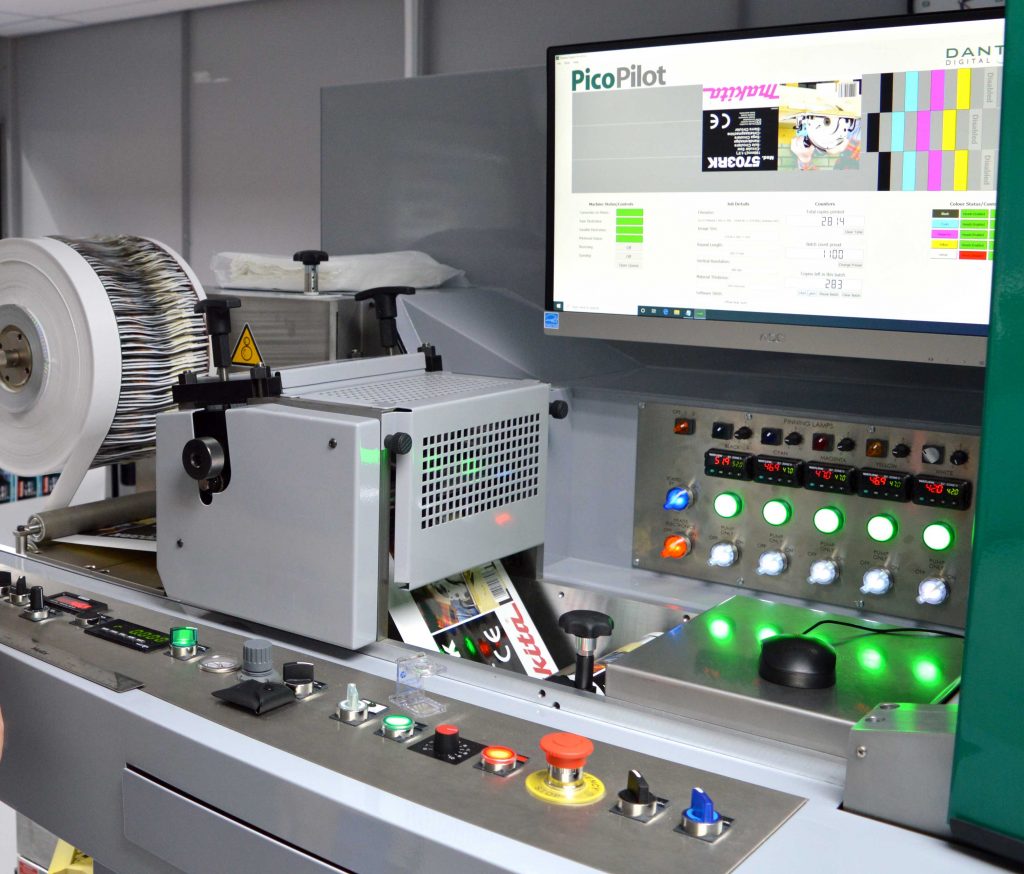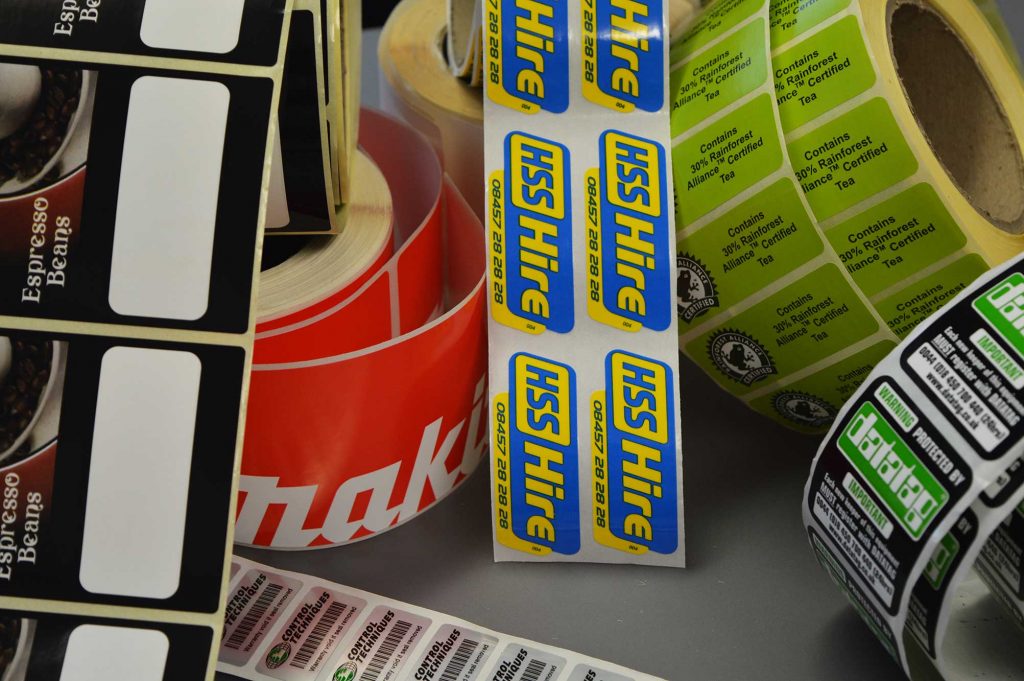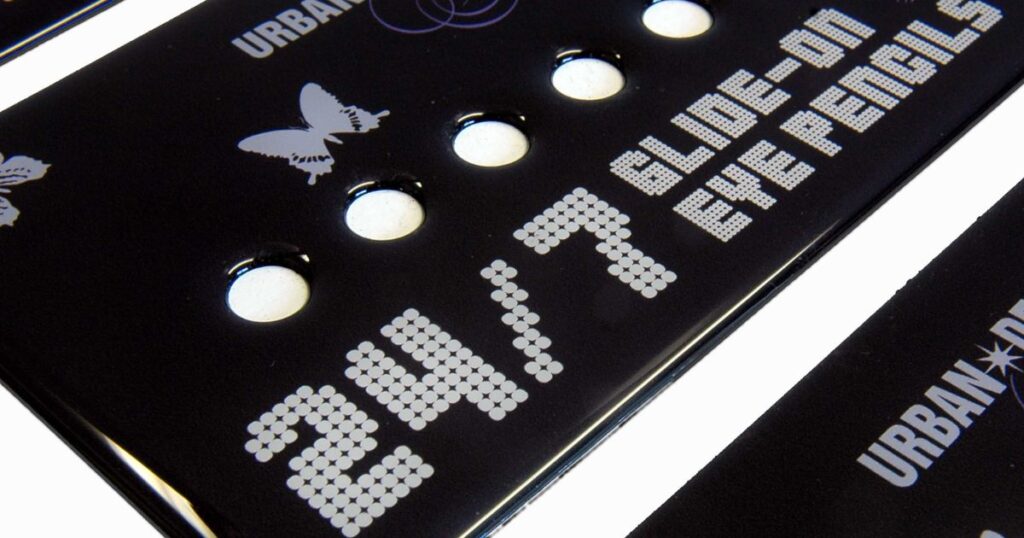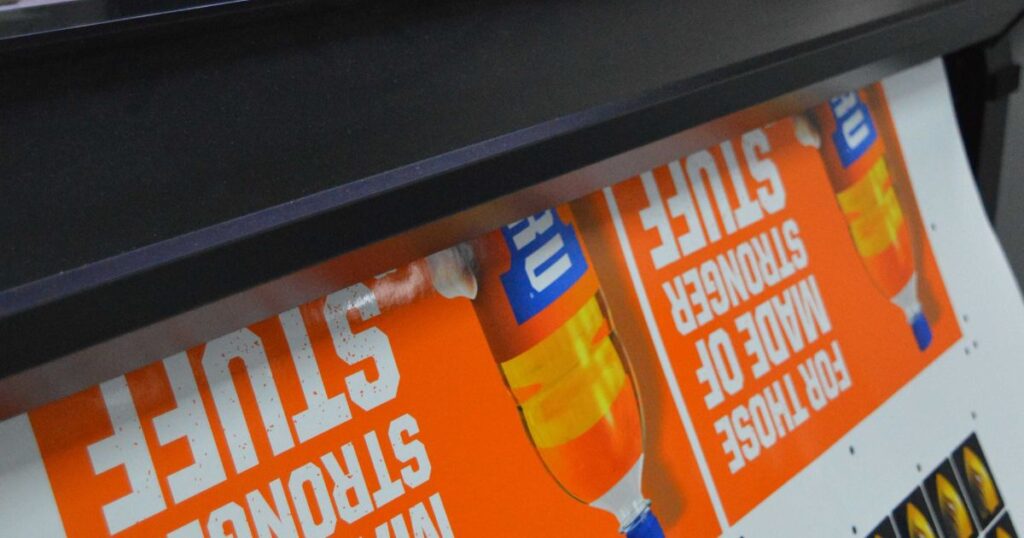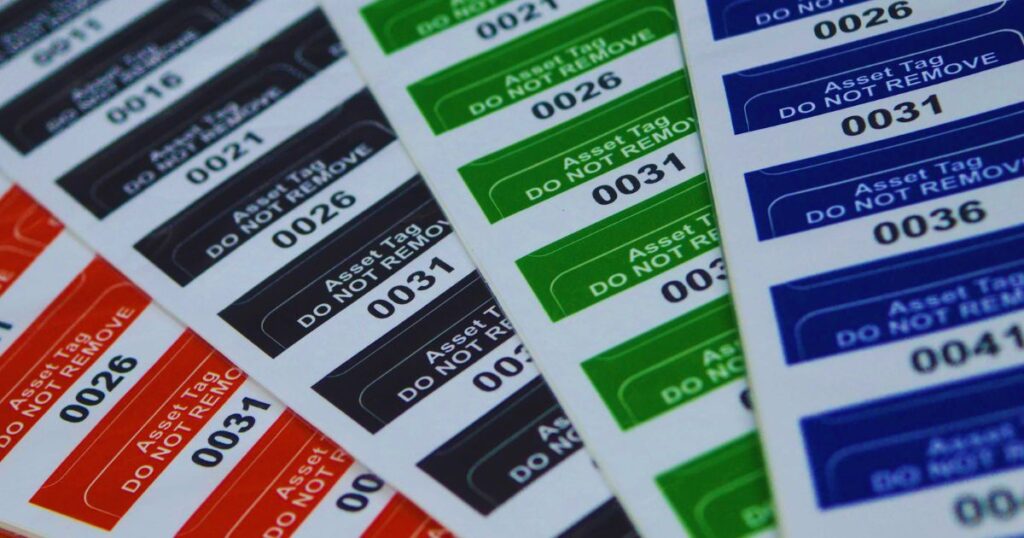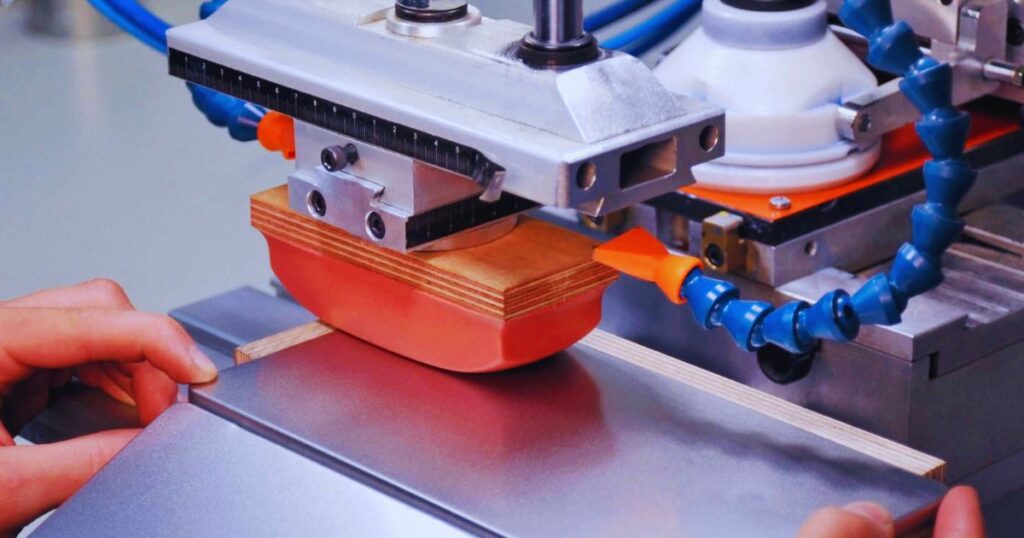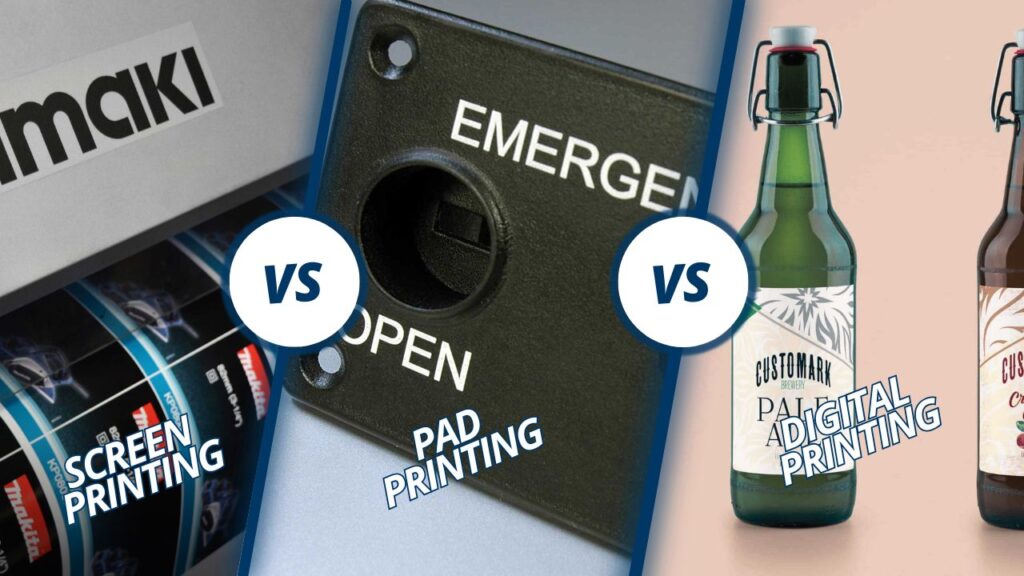Printing Methods
Why Digital Labels Are the Go-To Solution for Short Runs and Fast Turnarounds
In a market where speed, flexibility, and quality are more important than ever, businesses across manufacturing, retail, healthcare, electronics, and FMCG are rethinking their labelling processes. When deadlines are tight or product lines are constantly evolving, traditional printing methods can struggle to keep pace. That’s why digital labels have become the preferred solution for short…
Read MoreTechnical Labels Helping to Keep Production Running Smoothly Over Christmas
The festive season is one of the busiest times of the year for manufacturers, with tighter schedules, increased demand, and pressure to deliver on time. During this critical period, even small disruptions can have significant consequences. At Customark, we understand how reliable technical labels play a vital role in keeping production lines running smoothly, ensuring…
Read MoreLabel and Floor Sticker Campaigns – Black Friday to Boxing Day
The Christmas season doesn’t start in December anymore, it begins the moment Black Friday hits. From late November through to Boxing Day, shoppers are bombarded with offers, displays, and holiday campaigns. To stand out, retailers need to think beyond simple signage. That’s where promotional labels and floor stickers come into play, flexible, creative, and high-impact…
Read MoreIndustries That Benefit Most from Domed Labels
Domed labels AKA resin domed or 3D labels are a popular choice across multiple industries. Here we explore industries that benefit most from these labels.
Read MoreDigital Printing: Variable Data, Vibrant Colours, Limitless Design
In the world of labelling, digital technology has revolutionised the way we create, customise, and produce labels. Gone are the days of rigid designs and large print runs. With digital label printing, the possibilities are endless, offering unparalleled flexibility, vibrant colours, and the ability to personalise every label. Digital Gives Vibrant Colours That Pop Digital…
Read MoreThe Importance of Asset Labels in Inventory Management
In today’s fast-paced business environment, efficient inventory management is crucial for maintaining operational efficiency and reducing costs. One of the most effective tools in achieving this is the use of asset labels. What Are Asset Labels? Asset labels are durable tags affixed to equipment and inventory items. They typically include information such as serial numbers,…
Read MoreSustainable Materials in Label Production: Paving the Way for a Greener Future
As businesses increasingly embrace sustainability, the materials used in packaging and point-of-sale (POS) displays are under the spotlight. At Customark, we believe that every label and POS material is an opportunity to reduce environmental impact while maintaining quality and functionality. From biodegradable films to compostable papers and recyclable substrates, sustainable materials are transforming the way…
Read MorePad Printing Explained: What It Is & Why It Works
At Customark, we know that not all printing methods are created equal. For printing on tricky shapes, small components, or specialised materials, pad printing is often the perfect solution. It’s a highly precise technique that transfers a 2D image onto a 3D object using a soft silicone pad. This makes it ideal for industries where…
Read MorePrinting Methods Compared: Screen, Pad & Digital
When it comes to printing on industrial components or branded products, choosing the right printing method matters. Each technique screen printing, pad printing, or digital printing offers distinct advantages, depending on your material, surface, volume, and end-use. At Customark, we offer all three printing methods, and this guide will help you understand when to use…
Read More





